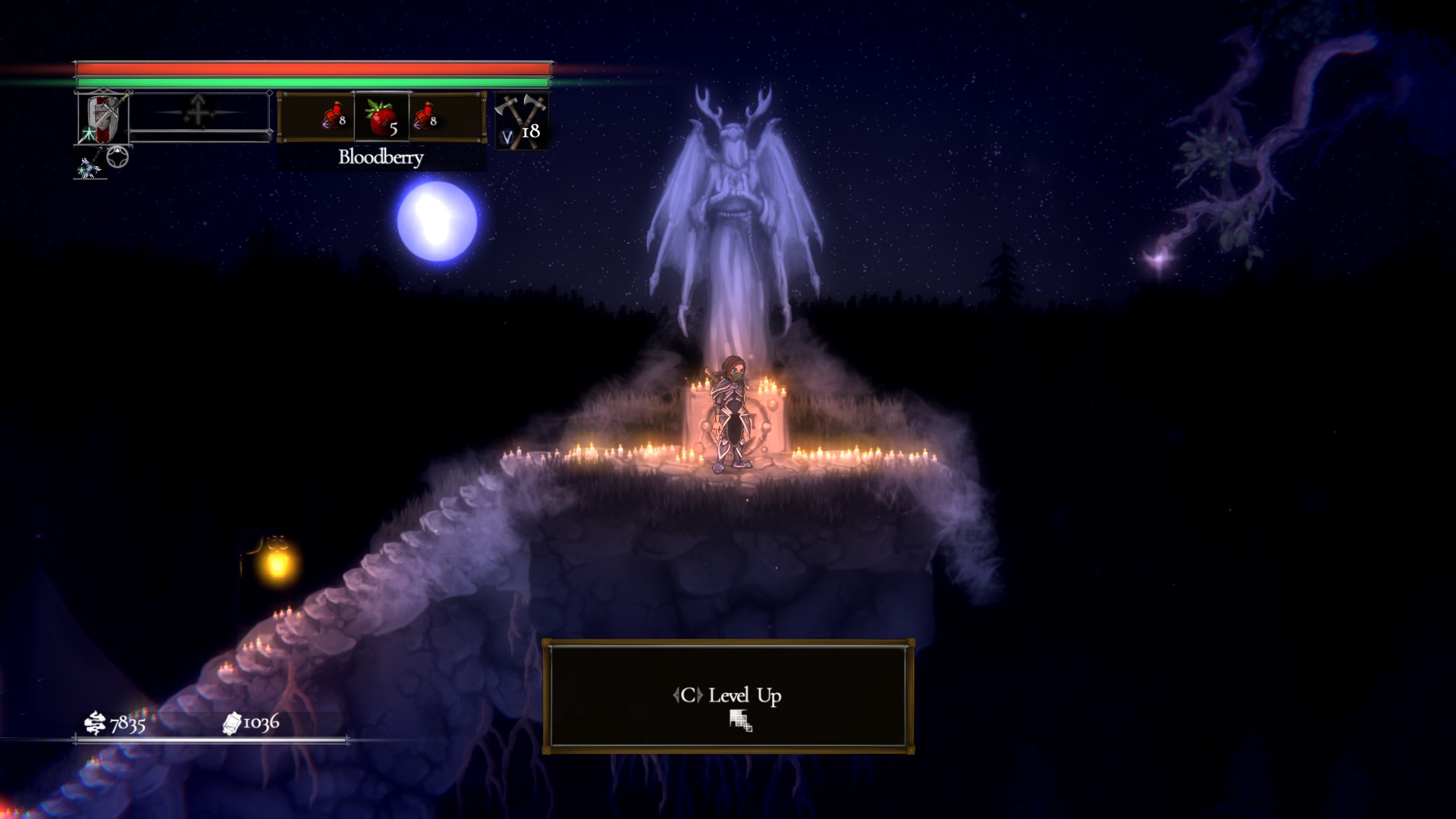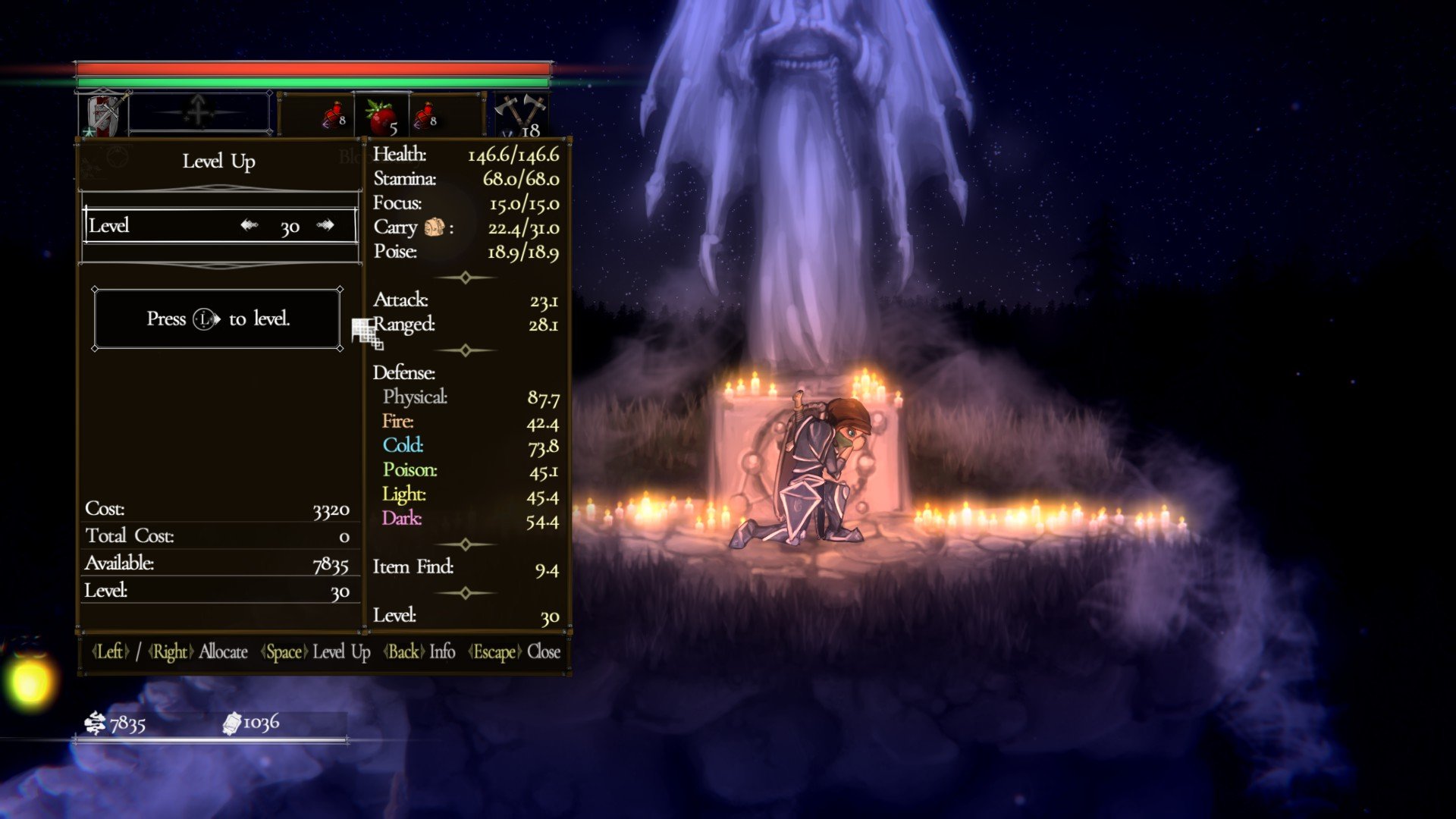How to level up in Salt and Sacrifice isn’t as straightforward as in games like Elden Ring or Dark Souls. Doing so is a little out of the way, and there are a few extra steps involved. We’ll cover all of it in this guide.
As with any Souls-like, the first time you go through Salt and Sacrifice, you’ll want to become as strong as you can as fast as you can. The difficulty curve is pretty even, but expect to find your face in the dirt more times than is comfortable if you aren’t properly leveled once it ramps up.
How to Level Up in Salt and Sacrifice
Before you can even get to the process of level up, you need a few hundred units of Salt. Early enemies drop around ten or less, so your primary source of Salt will be dying killing bosses and farming Mages. Your first few levels will cost less than 1,000 Salt, increasing incrementally with each higher level you attain.
You can also gain Salt to level up by collecting consumables that give set amounts of the stuff. In my experience, these are few and far between. Killing enemies, bosses, and Mages is far more efficient, plus you get materials for crafting.
Once you have about five hundred Salt, head back to the Pardoner’s Vale and travel to the left until you come upon a single mining outcropping. There is a set of steps going up out of the screen. Follow the steps to a large statue, where you should see a prompt to Level Up.
Spending Salt here increases your health but doesn’t do anything for your other stats. For that, you need to go into the Tree of Skill menu underneath the Level Up selection in the statue’s initial menu.
You can slowly increase your stats in the Tree of Skill grid by spending Black Starstone. You get one Black Starstone per level up, and using one to activate a node on the Skill grid unlocks all the nodes directly connected to it. The more nodes you activate, the more abilities, weapons, and armor you can access.
Occasionally, you’ll get something called Grey Starstone, which allows you to refund a node you’ve previously activated. It’s not quite a full respec, but it does allow for a few mistakes or reconsidered decisions.
Mini-bosses enemies, usually larger, more aesthetically complicated versions of standard enemies, also drop Black Starstone. For instance, in Ashbourne Castle, there’s an imposing knight who’s got a bigger sword and pointier helm than the other knights. He’s also taller. Killing him awards Black Starstone. Bear in mind mini-bosses are few and far between.
That’s about all there is you need to know about how to level up in Salt and Sacrifice. The extra complication is both a positive and negative about the game, as the skill grid can be more cumbersome than intuitive at times.
You can get the most out of the leveling process by picking the right starting class. For more on the game, check out our review of Salt and Sacrifice and the guides hub.








Published: May 12, 2022 09:02 pm